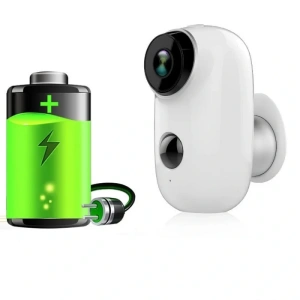What’s microwave detector?
Microwave detector is a device that detects the movement of objects by using microwave signals. Unlike infrared sensors, which detect heat, microwave sensors emit microwave signals and analyze the reflected waves to detect motion. They are commonly used in security systems, automatic doors, and traffic monitoring.
How it works:
1. Emitting microwave signals**: The sensor contains a transmitter that emits high-frequency microwaves (typically between 1 GHz and 30 GHz). These microwaves can pass through most non-metallic materials like walls or glass.
2. Receiving reflected signals**: The sensor has a receiver that detects the microwaves reflected from objects. When an object moves within the sensor’s detection range, the reflected signal changes.
3. Doppler effect**: Microwave sensors rely on the Doppler effect to detect motion. If an object moves toward or away from the sensor, the frequency of the reflected signal shifts. The sensor analyzes this frequency shift to determine the direction and speed of the object.
4. Signal processing**: When a change in the reflected signal is detected, the sensor triggers a predefined response, such as activating an alarm or opening an automatic door.

Applications of microwave sensors:
– Security systems: Used for burglar alarms and perimeter protection.
– Automatic doors: Installed in places like shopping malls and office buildings to control door movements.
– Traffic monitoring: Used for detecting vehicle speed, traffic flow, and managing traffic lights.
– Industrial automation: Detecting movement, counting objects, or controlling production processes.
Advantages:
– Microwave sensors generally have a larger detection range compared to infrared sensors and can penetrate thin walls, glass, and other materials.
– They are not sensitive to lighting conditions and work well in complete darkness.
– They are highly responsive to fast-moving objects.
Disadvantages:
– They can produce false alarms for unwanted movements, such as swaying trees or animal activities.
– Microwave sensors consume more power and tend to be more expensive than infrared sensors.
Microwave sensors are often combined with other types of sensors (like infrared) to improve overall detection accuracy and reliability.

您好,这是一条评论。若需要审核、编辑或删除评论,请访问仪表盘的评论界面。评论者头像来自 Gravatar。